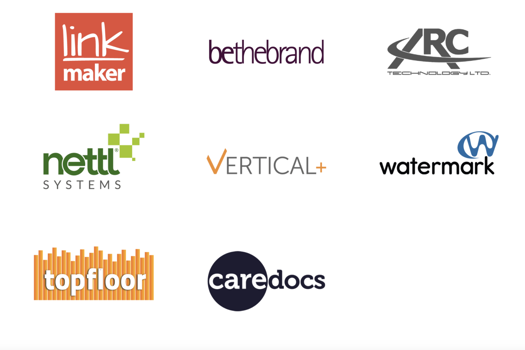In the e-reader market, the Amazon Kindle cannot be overlooked, although it has not yet made its way to this side of the pond. Despite early ridicule of the ‘Fisher Price' stylings of the first version, the product matured and Amazon is announcing ever-increasing US sales of e-books compared with printed ones.
In the online forums, there is much talk about the economics of the Kindle. You find lots of excited users extolling the bargain discounts of Kindle books compared with printed books, with quotes of savings of more than 60%. That should surely be the death knell for most printed books, shouldn't it?
We wanted to find out how big the discounts for e-books really are, so we set out to comparing online Amazon prices for Kindle e-books with the prices for the printed hardcover editions.
We took a selection of books, including the top ten Kindle books, the top ten best sellers, the top five text books (because e-books are supposed to be particularly good for educational purposes) and a smattering of ‘new and noteworthy' books from the Kindle section on the Amazon website.
Financial savings?
It is true that purchasers of the Kindle edition can find significant discounts against list prices, with a Kindle book's average price of $9.75 (£6) representing nearly a 60% discount on the average $23 you pay for a hardcover book. However, Amazon also discounts printed books and here the advantage is down to $4, or a 29% discount on a hardcover book. Incidentally, this is very close to the production cost savings mentioned above.
However, some books are available as paperbacks and many books are also sold as used, despite a large proportion of them being quite recent. Choosing the cheapest paper edition on Amazon versus the Kindle edition gives you a saving of exactly one cent.
Now, one can argue that every penny counts, but a Kindle does not come for free. The current Kindle 2 retails for $359 and the Kindle DX, which is currently being launched, sets you back $489 (and that does not include a snazzy leather cover for $29.99 or a two-year extended warranty for $65). Based on personal experiences with gadgets like an iPod, we assumed a typical lifetime of three years.
When you compare the price of Kindle editions to the hardcover list price, you need to read about 10 books per year to break even, which about 30% of the UK population does, according to our survey. If you compare the Kindle price to what you would actually pay for the printed book, you would need to read 30 books per year on the Kindle 2 or 40 on the DX to break even. If you are cost conscious, you could perform a further calculation on how many books you would need to read on a Kindle if you always take the cheapest, secondhand or discounted versions.
But this is only one part of the story. Some Kindle books are available for free. These are not included in the comparison above as there was no comparable hardcopy edition. Obviously, this is an advantage you can only have with an
e-book. It is probably not a coincidence that the three most popular Kindle books were free downloads.
This can open up new business concepts. You could give away the first volume of the next Harry Potter series and charge double for the following ones. You could offer a free book to the latest film or game and hope customers are buying the latter as a result. It might also be an opportunity for aspiring authors to reach a wider audience quickly. Book publishers would find it very difficult to do the same, as they need a financial return on books published.
So, while e-readers clearly do have some benefits over books, in terms of financial savings, the forums are misleading. In reality, a customer would find it difficult to save money using an e-reader instead of a traditional book.
Ralf Schlözer is a director of the on-demand printing and publishing consulting service for Europe at analyst Infotrends. Email ralf_schlozer@infotrends.com
E-readers are proving popular, but the heralded cost savings are misleading

At InfoTrends, we are currently conducting research into consumer reading preferences, pitching print against screen, which covers digital newspapers, digital marketing and digital books. As part of the process, we also reviewed general information on e-books.







